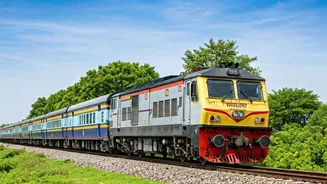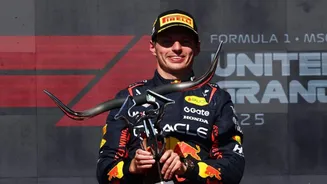A Threatened Legacy
The Phillip Island Grand Prix circuit, a mainstay of the MotoGP calendar, faces an uncertain future. This is due to a confluence of factors, including
escalating operational costs and complex negotiations with race promoters. The track, renowned for its challenging layout and scenic coastal location, has been a favorite among riders and fans for many years. However, maintaining the event has become increasingly difficult, requiring significant investment and strategic planning. The promoters grapple with rising fees, logistical complexities, and the need to ensure financial viability for future races. These challenges are amplified by the requirement to meet international standards for safety and infrastructure, adding additional financial strain on the event organizers. The future of the Australian Grand Prix at Phillip Island depends on a successful resolution of these issues and commitment from all parties involved.
Costly Operations
One of the most significant challenges to hosting the MotoGP at Phillip Island is the increasing cost of operations. The expenditures associated with organizing a world-class racing event are substantial, encompassing everything from track preparation and infrastructure upgrades to safety measures and staffing. The escalating fees demanded by MotoGP rights holders add to the financial pressure, requiring event organizers to generate significant revenue to offset expenses. Furthermore, logistical challenges, such as transporting equipment and personnel to the remote island location, add to the cost. The circuit infrastructure, which requires constant upkeep and modifications to meet safety regulations, represents another significant financial burden. These economic realities necessitate that promoters continually seek innovative financial strategies, including sponsorships, ticket sales, and government support, to sustain the race and ensure its long-term viability.
Negotiation Complexities
Negotiating the terms of the Australian Grand Prix at Phillip Island is a complex process. It involves several stakeholders, including the track owners, race promoters, government bodies, and the MotoGP governing body. Each party has its own set of interests, objectives, and financial requirements. Reaching agreements that satisfy everyone can be a lengthy and often complicated process. For example, discussions may revolve around event fees, revenue sharing, marketing rights, and safety regulations. These negotiations are further complicated by the need to ensure the event's sustainability. The promoters must demonstrate the race's economic value to local businesses and the benefits of global exposure for the region. As well as these financial considerations, negotiations often involve addressing the long-term strategic plans and investment decisions needed to maintain the circuit's standing and uphold the race's global appeal.
Impact and Implications
The potential loss of the MotoGP race at Phillip Island would have profound implications for the local community and the sport. The race provides a substantial economic boost, attracting thousands of tourists and contributing significantly to local businesses, including hotels, restaurants, and retail outlets. The absence of the race would mean a considerable loss of revenue and employment opportunities for the region. Beyond the economic impact, the race holds cultural significance, drawing international attention and enhancing the region's reputation. For the MotoGP, losing Phillip Island would be a blow to its international reach. The circuit is celebrated for its thrilling layout and ability to showcase the riders’ skills. It would leave a gap in the racing calendar. Losing the event would impact the sport’s worldwide presence. The future of the Australian Grand Prix hinges on a resolution that balances economic feasibility, regulatory compliance, and community needs.










